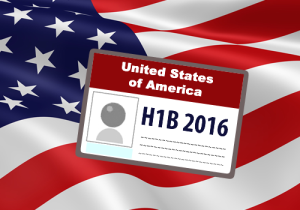How the Proposed Fee Increase Hurts Employers
If you are an employer that files immigration petitions, especially H-1B and L-1 petitions, you might have noticed that there was an additional fee levied upon certain employers on file H-1B and L-1 petitions. That was in December. DHS is proposing to increase its filing fees for all of its petitions by a weighted average of 21%. These are what the proposed fees are likely to look like:
E, H, L, O, P, Q, R Petitions – $325 becomes $460
Immigration Petition Fee – $580 becomes $700
Premium Processing Fee – $1225 still, but USCIS would like an increase
USCIS has maintained its fees since 2010. The primary reason for increasing the fees, DHS claims, is that current fees are not generating enough revenue to fund their operations.
The timing of the fee increase seems particularly unfortunate. USCIS is well-behind their stated goals in adjudicating many of the aforementioned petitions. Change and extension of status petitions are taking over 6 months for H and L petitions. O and P petitions are usually adjudicated within two weeks. They are currently approaching three months. Because the timing of adjudication is lengthy, it is causing problems for many employers and employees. Premium processing requests are being foisted because of issues with driver’s licenses, among others. A 240 day extension for employment authorization goes into effect once the employee hits her final day of work authorization on her visa. The extension only goes into effect if the extension is timely filed. The lengthy adjudications have been problematic for months.
The Administrative Procedures Act gives 60 days for comments. July 5, 2016 is the final day to comment. The link to comment is here.
